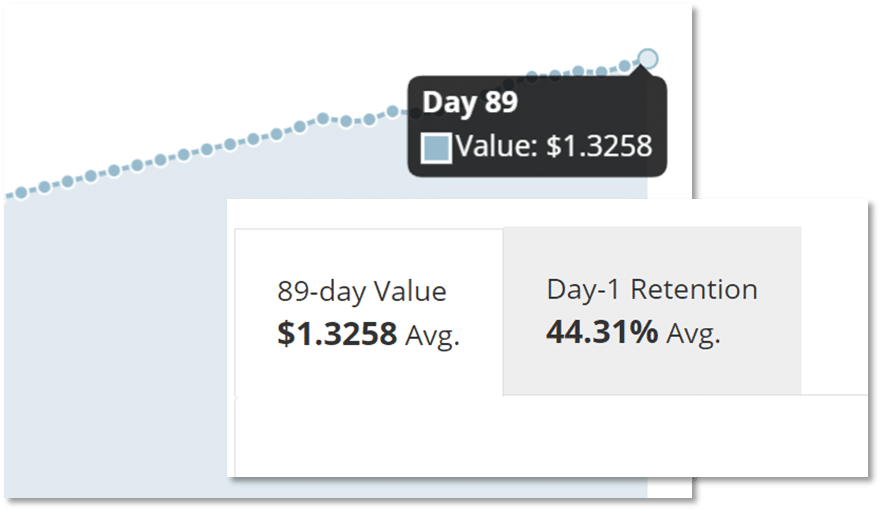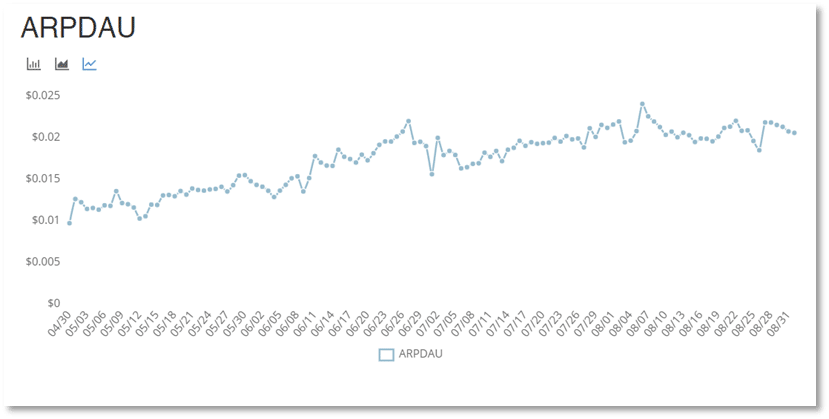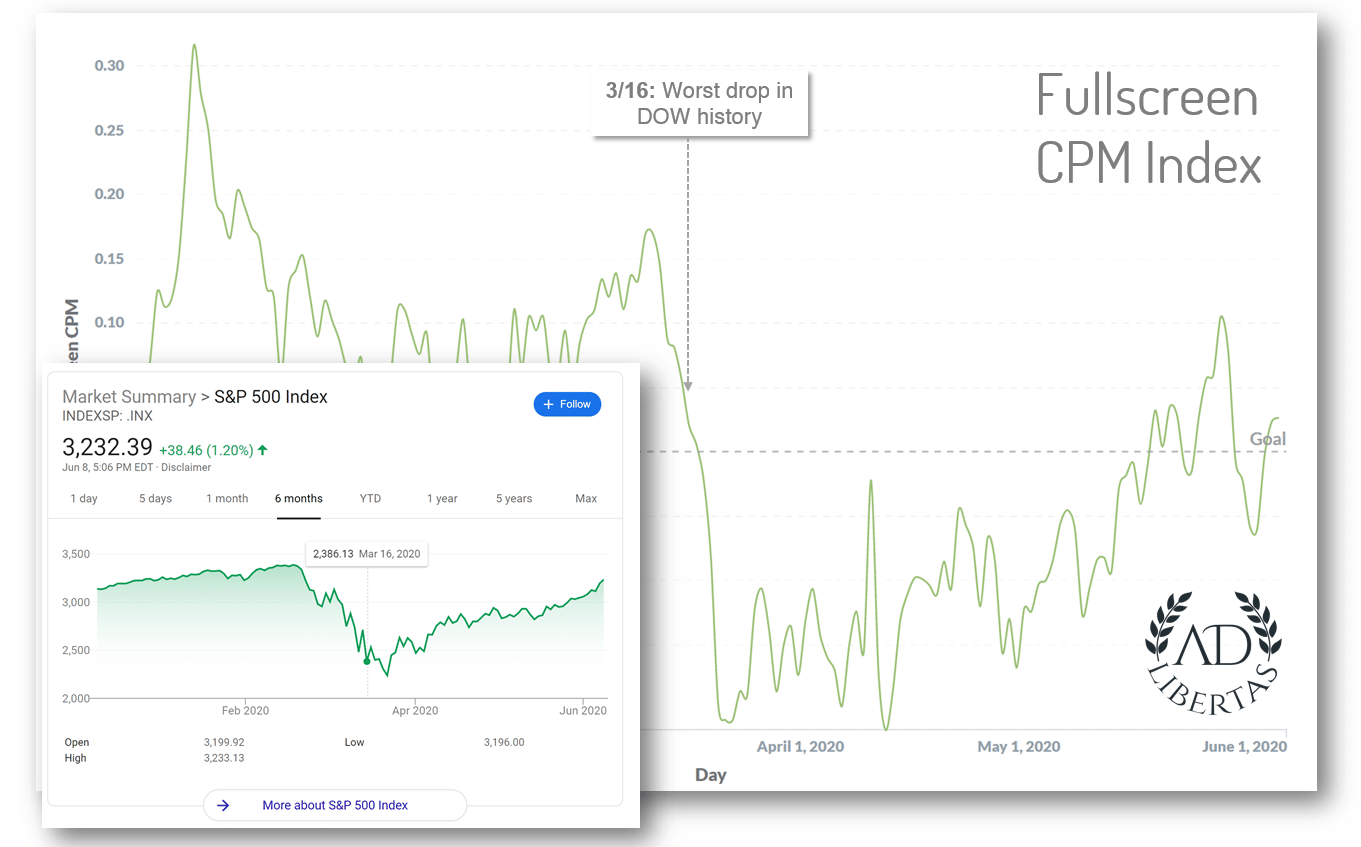The 3 biggest mistakes when buying new users for your app

Photo by Nik Shuliahin on Unsplash
We covered getting started buying users for your mobile app on an earlier post: “The first-step to buying installs for your mobile app.”
Today we’ll be covering some of the most common mistakes we see for app developers getting started buying users for their mobile apps.
Different apps spawn different usage and earning characteristics. The profitability is a combination of user-earnings and retention. It’s often surprising how similar apps can behave very differently.
The term Return on Ad Spend (ROAS) and Return on Investment (ROI) can be used here: simply put, it’s the earnings you get from your investment (ad spend) on users.
1. Buying users without a goal on your return
While this may seem obvious, I’ve seen enough very established apps — ones with millions of loyal users — start buying installs with no idea how much an individual user makes for them.
It’s hard to blame them really, they’re making money from users, devoting a portion of their earnings to buying new users is a way of growing the user-base, so it can’t hurt, right?
Unfortunately all too many times we’ve seen this money and effort wasted, and it’s not always in the same direction. We have many customers who were staggered to find their users made over 2X their original estimates because of increased ARPDAU, or—worse—earn half as much as they thought because of more-than-expected attrition.
2. Buying users with an outdated or incorrect information
Your revenue earnings and install-rates change daily– and both are outside of your control– so this can seem tricky at first. Getting a simple number is straight-forward, but it’s a mistake to stop there. As revenue (and performance) changes it’s instrumental in understanding if your profit is going up, or down.
Use net numbers to calculate earnings: We’ve seen this a couple of times, advertisers and app stores sometimes report in gross earnings that includes VAT, taxes or platform fees — this isn’t the amount you’re going to receive! Ensure the earnings you’re using to track your ROAS/ROI are what you’ll be paid.
Keep updated numbers: Earnings can (and will) change. Changing ad rates and currency exchange rates can drastically change the value of your users!
Watch the correct metrics: We highly recommend you use ARPDAU to track earnings. CPM rates only tell half the story.
Understand the market has cycles: Especially true with advertising, the market goes through quarterly and yearly highs and lows. Make sure you have a good handle on the changing averages.
“I was looking at an old LTV estimate when setting the price of my latest campaign. Updated reporting shows I could afford to spend twice as much per user!”
A grim reminder of how app earnings can be completely out of the control of the developer. As the 2020 pandemic effects reached the market, on the day of the biggest DOW drop advertising rates fell drastically before recovering months later.
3. Not identifying risk factors
How much time do you need to establish a true complete lifetime value?
The truth is, we always see one thing in common with the wide-variety of apps we work with. Everyone wants more data. Different apps have different amounts of customer retention but in all cases app developers are looking for more data. So you’ll likely need to make a projection on your complete LTV.
But before blindly drawing a straight-line out 3 years for an end-number be aware of your risk factors.
Market-changes can change the earned pricing of your advertising — sometimes these are temporary, other times these potential revenue or earnings changes can have long-lasting implications to your ARPDAU.
App-changes implemented by you can also have a negative (or positive) impact to your earnings or retention: a new SDK can increase crashes, causing users to churn, or a new feature can increase retention, increasing earnings.
Like most business decisions, the investment in your future — in this case buying new users — is never a sure thing.
At AdLibertas we make tools to help app developers make more money. Our comprehensive suite of reporting tools are used by developers big and small to track revenue, answer questions and determine the ongoing user-value of their apps.
Interested in seeing if we can help you?


